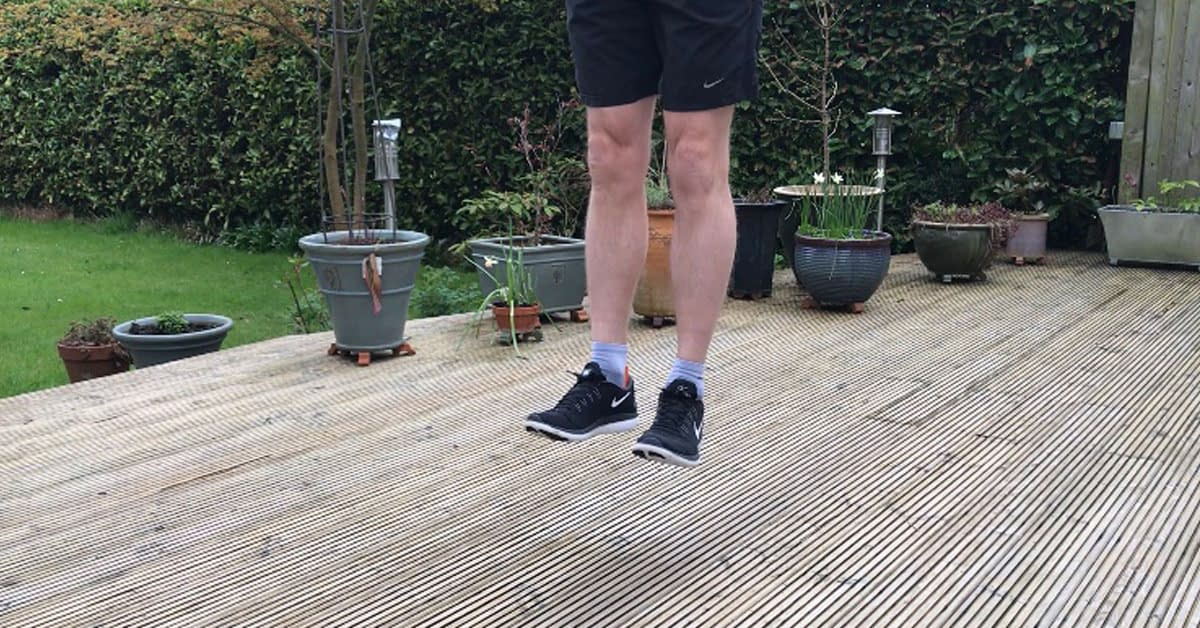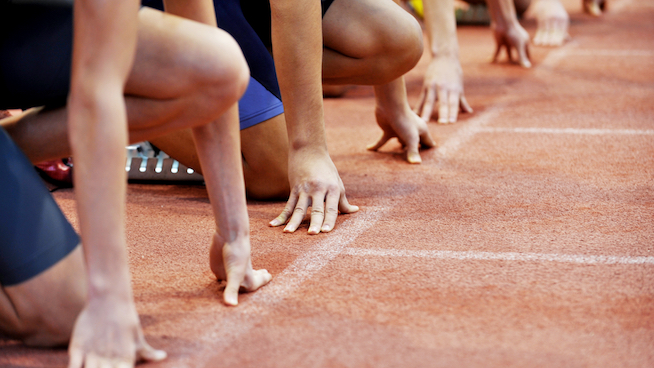I won't provide you with my definition as it is a well established term in SnC circles for sports that require a lot of running.
Here are a couple of videos that do a good job talking about ankle stiffness and I'll follow up with a couple of articles. So you can decide pick and choose.
"Stiffness vs Tightness
When a coach or exercise scientist discusses stiffness we are usually referring to the pliability of a tissue but it’s not always a negative thing. Every muscle in the body has tendons at either end to transmit the force a muscle generates into movement of the bones. The shape and size of the tendon will depend on how much force it is asked to transmit, and how quickly" Alex Adams
Let's look at how a small amount of plyometric work in your training can go a long way to increasing your running economy and ultimately get you faster.

www.completeendurancerunning.com
"Many strength and conditioning programs put all the emphasis on ankle mobility, using various stretches to improve range of motion. Unfortunately, your wolf pack will go hungry if all your athletes have ankles that twist and crumble when they strike the ground. What if working on ankle stiffness could make athletes sprint faster and change direction more effectively?" Tony Bonvechio
Here's why the right kind of ankle stiffness is key for speed and agility, and how to pick the right preparatory drills for your workouts.

www.stack.com
"Lower limb stiffness is an interesting balance—while I want my athlete’s ankles to be stiff enough to get good rebound/push off from the floor to produce power, I don’t want their ankles to be like bricks!" Andrew Aldred
And now a my person experience. I used to be a heavy heel striker during the early stages serving in the military. During this time I would squat with low profile trainers ATG.
After a bad jump I sustained an injury and after getting x rays performed they diagnosed my with slipped discs, bilateral knee injuries and twin stress fractures. During my time in physio they disclosed that the number 1 cause of shin injuries is heel strike running.
As part of my rehab I switched to a mid to forefoot strike and implemented ankle stiffness work. A year after my injury I ran every distance across the board faster. 2km sub 6min, 1.5miler sub 7min, 2km RFT sub 11mins etc.
This is the case for a lot of lads as well. The rugby teams implement ankle stiffness work, the football teams implement ankle stiffness work, the triathlon teams implement ankle stiffness work etc.
Now although the goal isn't to lose dorsiflexion some loss does happen. I can't squat ATG with low profile shoes anymore. So many years ago I made the switch to squat shoes. But I haven't sustained a lower limb injury or lasting discomfort in a longtime, with the exception of some impact injuries e.g. clipping my knee on the door when performing a jump.
@Starlord I am not sure what SnC circles you are referring to but since you are asking for references I kindly ask you to provide some.
I've made reference to it above in my reply to Brett Jones.
A lot of this kind of stuff in the fitness/strength training/athletics world gets more and more messy the more you actually research. There is an overwhelming amount of "it depends....," "this showed 'x' BUT in the case of 'y' it didn't..." and more. There are confounding factors and limitations on studies. There's just a lot that makes it hard to say "factor x" ALWAYS means "outcome y." All that is to say that looking for trends is where I think conclusions should be drawn. Those conclusions should not be set in stone though. They should be open to reinterpretations upon new evidence.
I 100% agree and that seems to be the case with all the studies referenced. They aren't actually tackling the issue of ankle stiffness.
An effective forefoot strike when running is dependent on high amounts of ankle stiffness. If your ankle absorbs too much fore then your GRF (ground reaction force) diminishes and yoy are losing performance.
Additionally a large amount of SnC, restorative usage, diet and supplementation usage used by various sporting and bodybuilding communities are far beyond the science.
I'm going to butcher a quote by I think Dr Schoenfeld "we try to use the science to find out how athletes do what they do." So even one of the top sports scientists in the west concedes that the science is behind the anecdote.
I like to use bodybuilding as the clear example of this as the disparity between what the best bodybuilders do and what the science says is leagues apart. Dr Schoenfeld, Dr Helms, Dr Israetel etc have never produced a bodybuilder close to the caliber that Milos Sarcev or Hanny Rambod have.
So in a situation where someone is discussing bodybuilding methods and protocols who would I listen to? The guy citing studies or Milos Sarcev?
The real world evidence speaks for itself load and clear.
I do not have the time to read every study start to finish, nor the money to pay for access for some. My experience, self-education into biomechanics, and observations, alongside what I was able to find in 10 minutes of search time are enough for me.
That's understandable. I don't think anyone here (outside of those who's job it is to know SnC for educational and work related purpose) to have membership to get around the numerous pay walls out there.
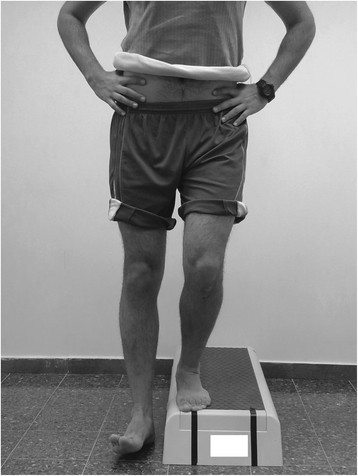
jfootankleres.biomedcentral.com
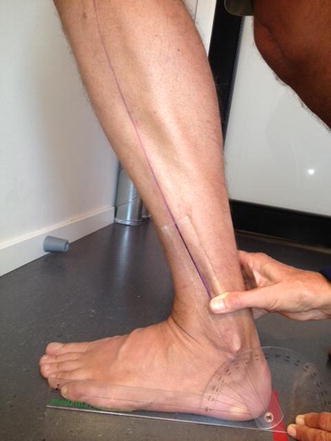
link.springer.com
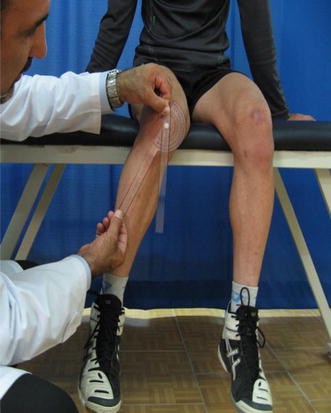
link.springer.com
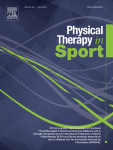
www.sciencedirect.com

